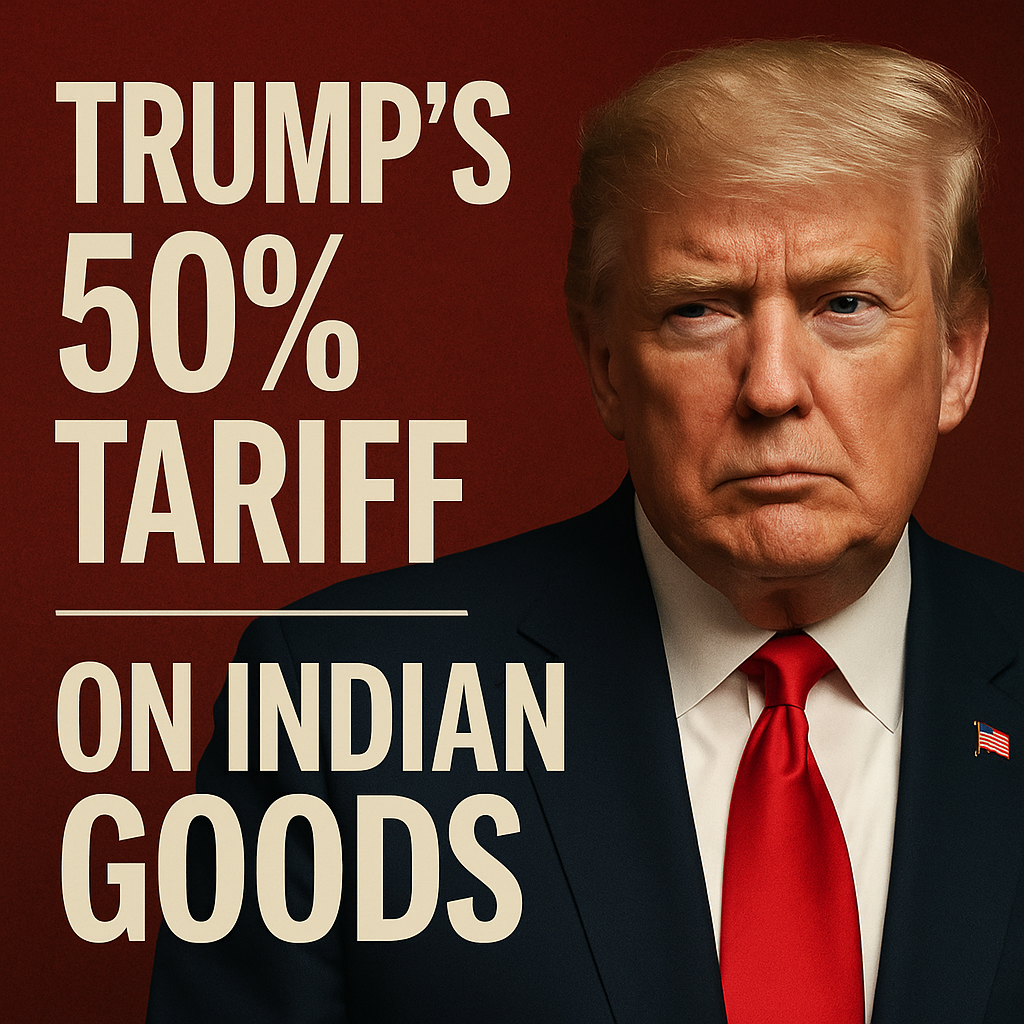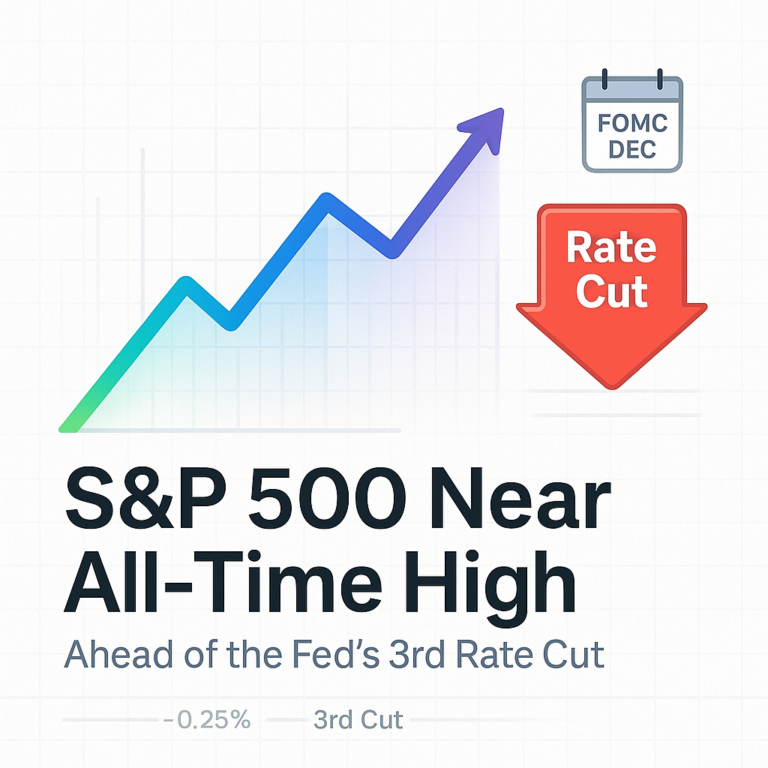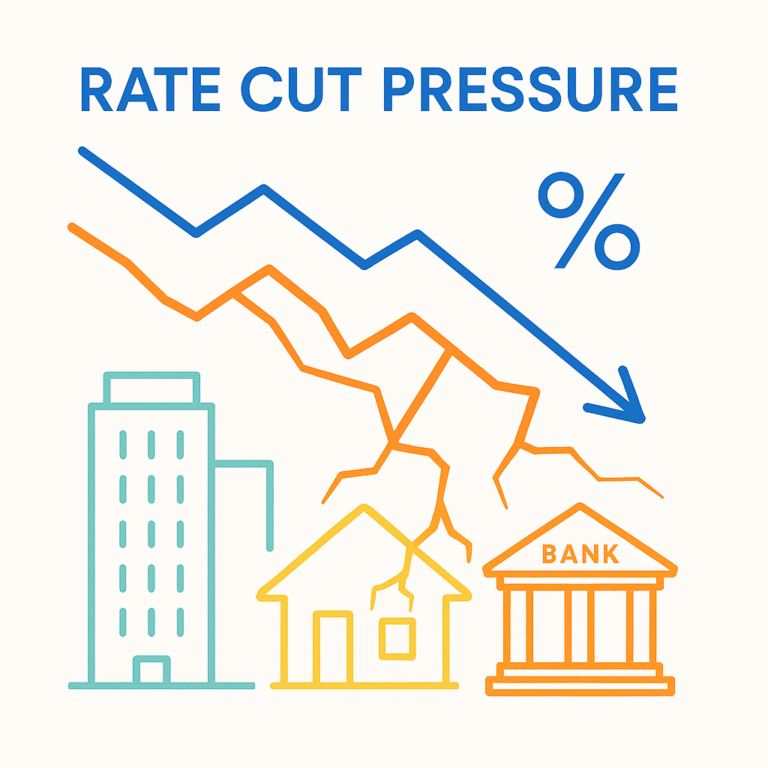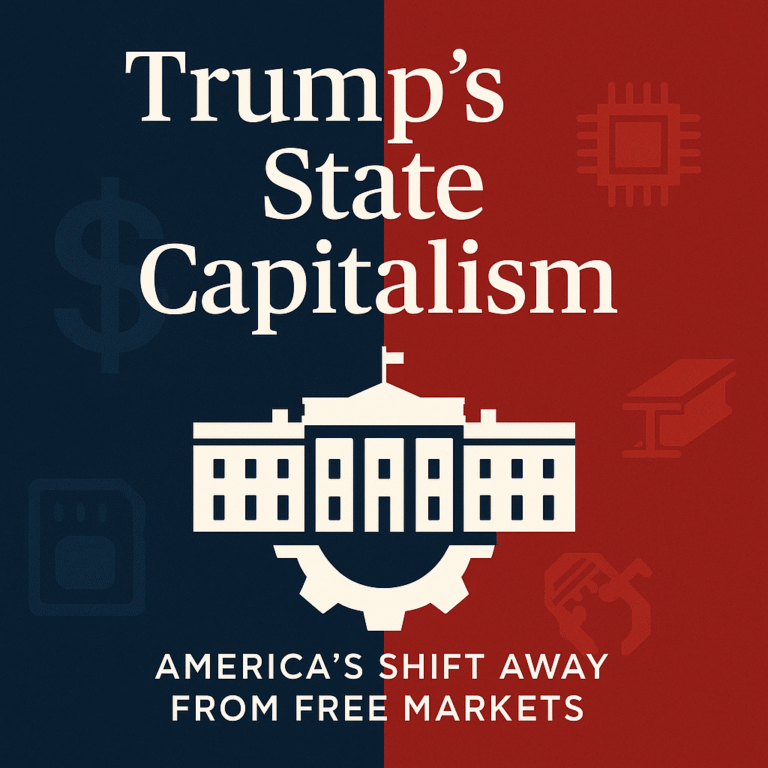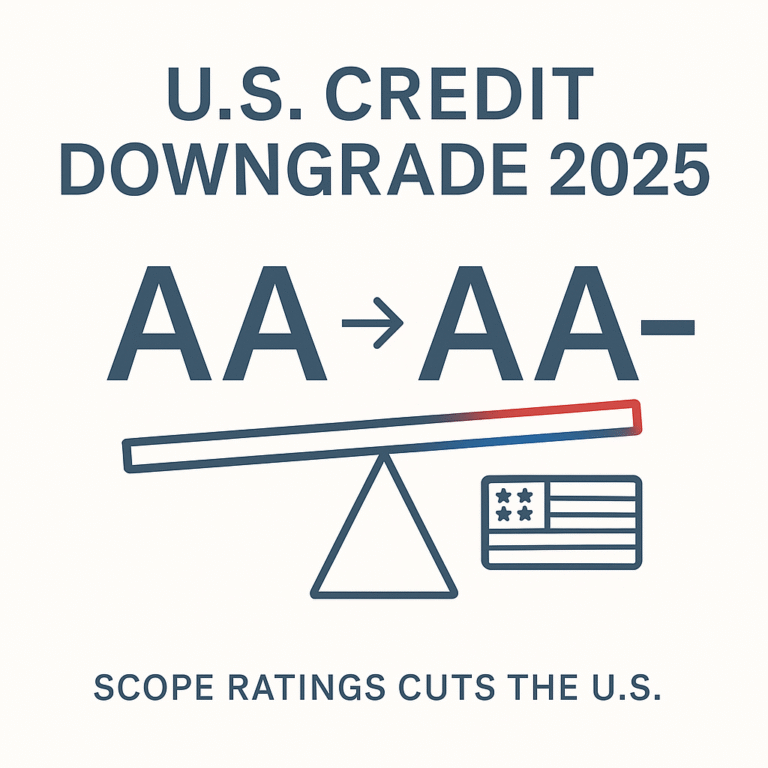Trump’s 50% Tariff on Indian goods: How It’s Testing India’s Economy and Strategic Future
The U.S. slaps 50% tariffs on Indian goods over Russian oil trade. Explore the fallout for India’s exports, GDP, and diplomatic strategy.
Key Takeaways
A New Trade War Has Begun
In August 2025, global trade was rocked by a bold move from the White House. President Donald Trump announced a new 50% tariff on Indian imports, citing New Delhi’s continued purchase of Russian oil.
This isn’t just another trade policy. It’s a geopolitical message and an economic shock rolled into one. The decision threatens India’s export economy, its growth outlook, and its role in the global supply chain.
What Led to Trump’s 50% Tariff and When It Takes Effect
In late July, President Trump criticized India for continuing oil trade with Russia despite U.S.-led sanctions. Days later, he doubled down—literally.
Trump raised tariffs on Indian goods to a combined 50%, including a punitive 25% on top of the existing 25% “reciprocal tariff.”
The new rate takes effect on August 27, 2025. However, any Indian shipment arriving in the U.S. by September 17 will remain exempt. This three-week grace period has triggered a rush in outbound shipments from Indian ports.
Why India’s Export Industries Are Alarmed
India’s auto parts sector exports nearly $7 billion annually, and the U.S. accounts for nearly half of it.
A 50% tariff makes Indian goods drastically less competitive. Buyers in the U.S. may quickly pivot to suppliers in Mexico, Thailand, or Vietnam. It’s not just a loss in sales—it’s a threat to long-standing supply chains.
Pharmaceuticals, textiles, and chemical exports also face pressure. Some economists warn that India’s GDP growth could slow by up to 2 percentage points as a result.
Even U.S. automakers that rely on Indian components may suffer rising costs. The result? Higher sticker prices for American consumers and squeezed margins for manufacturers.
India’s Official Response and Strategic Dilemma
India’s foreign ministry issued a sharp rebuke, calling the tariff hike “unfair and selective.” Officials defended their energy policy, stating that Russian oil is essential for India’s energy security.
Behind the scenes, New Delhi is weighing options:
But none of these choices are simple. India’s ties with the U.S. go far beyond trade—encompassing defense, technology, and regional strategy. A full-blown trade war risks disrupting far more than just exports.
Anand Mahindra Sees a ‘Second 1991 Moment’
Not all reactions were defensive. Anand Mahindra, chairman of Mahindra Group, posted on X (formerly Twitter) that this moment could be India’s “second 1991.”
In 1991, India responded to a currency crisis with sweeping economic liberalization. That crisis marked India’s rise as a global tech and manufacturing player.
Mahindra sees the current crisis similarly—as a chance to reset.
He proposed two urgent actions:
The goal, he said, isn’t just to survive the tariff hike—but to build long-term resilience.
A Strategic Move That Goes Beyond Economics
This tariff isn’t just about trade—it’s about alignment.
The U.S. wants allies to isolate Russia economically. India, however, has taken a more neutral stance, keeping trade ties with Moscow intact.
Trump’s move signals pressure. It mirrors past strategies from the U.S.-China trade war, but with a sharper geopolitical undertone. The message is clear: stay in line, or pay the price.
For India, it’s a reminder that economic independence comes with diplomatic consequences.
What’s Next for India: Reform or Retaliation?
India now faces a defining choice.
Will it retaliate and risk escalation? Or will it channel this moment into deeper economic reform and diversification?
Government officials have already begun ramping up efforts to:
Some experts believe that if the pain is used wisely, India could emerge stronger—less dependent on any one partner and more attractive as a manufacturing hub.
The 50% tariff is more than an economic penalty—it’s a strategic shock.
Whether India views it as a threat or a wake-up call may determine the next decade of its economic future.
With careful navigation, bold reform, and diversified diplomacy, this could mark not India’s decline—but its acceleration.

